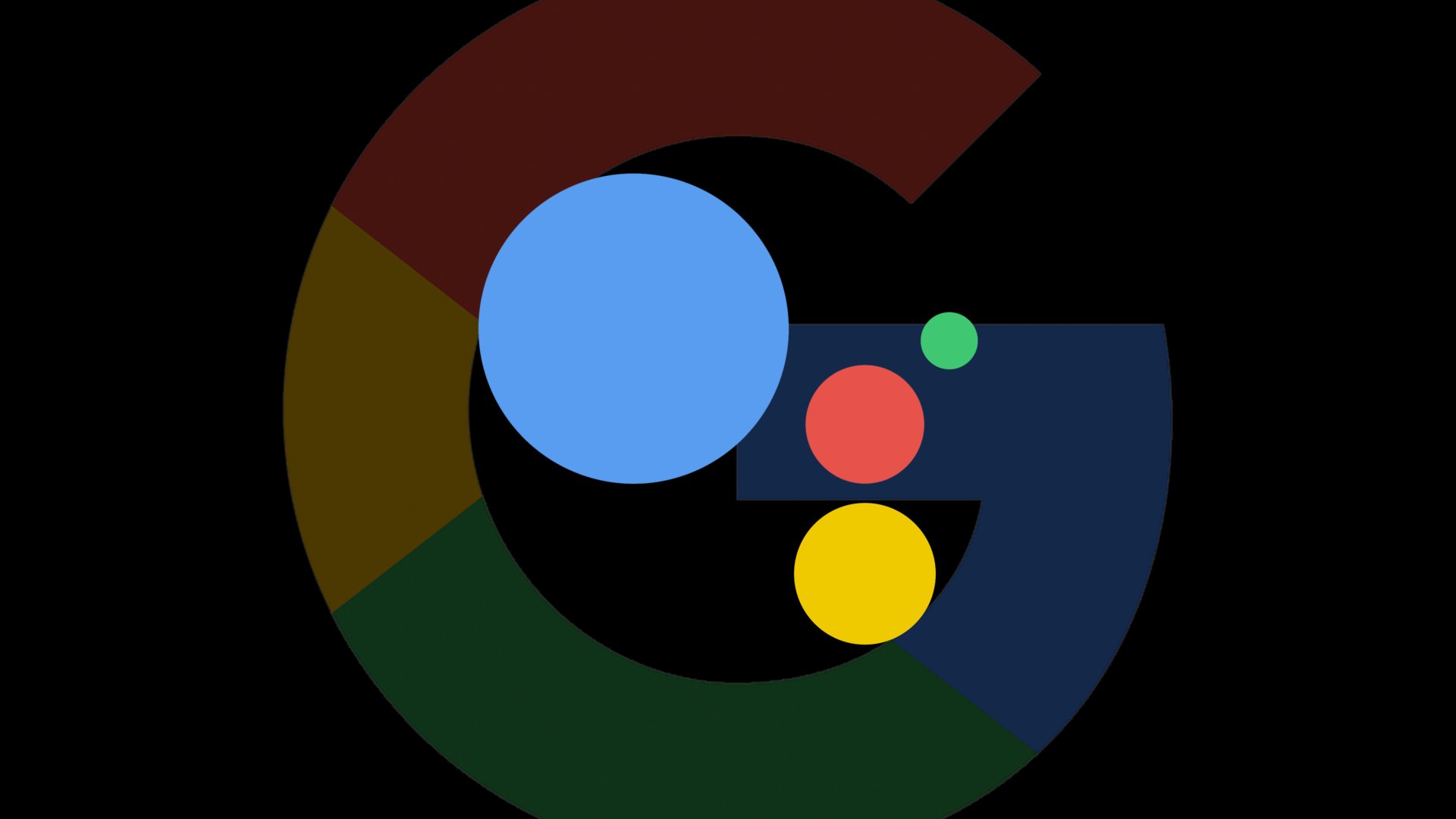
Much of the discussion surrounding Google Assistant is focused on Google Home. But the Assistant is far more widely distributed on smartphones.
Richer user interface on smartphones and displays. On Wednesday, Google is announcing a redesign of the Assistant that makes the experience on smartphones, especially Android, more touch-friendly and visually interactive:
Transactional opportunities. It also paves the way for more transactional interactions and commerce. Among the changes in the new design are:
- Larger images and visual tools
- Controls and sliders (e.g., smart home controls for lights or speaker volume)
- Interactive messaging UI that enables editing with touch
Many of these changes will be useful to consumers, but probably more important are changes for marketers and brands.
Subscriptions and digital goods use cases. Google Assistant will now support sales of digital goods and premium subscriptions. Actions for Google Assistant previously enabled the sale of physical goods by brands and retailers. Now the company is making it possible to sell premium content or services from within a Google Assistant interaction:
Google provides examples from the world of gaming (e.g., level upgrades). It also cites meditation app Headspace, which will enable immediate upgrades to paid experiences. And these subscriptions or digital goods can be purchased on one device and consumed through another (e.g., purchase on smartphone, use via Google Home).
Google Sign-In Support. Making that cross-platform experience possible and more streamlined, the company also announced Google Sign-In for the Assistant. Google says that Starbucks has been using single Sign-In and has seen “login conversion nearly double for their users versus their previous implementation that required manual account entry.”
While Amazon continues to have the dominant market share in smart speakers, Google has more recently beat Echo in device shipments according to third-party reports. It also an advantage in the massive installed base of Android users; Amazon doesn’t have a smartphone user base although it has Alexa apps for iOS and Android.
Why it matters. Google has a multi-platform Assistant strategy (smart speaker, smart display, smartphone), and these changes help further that approach. They also provide useful, new monetization capabilities for developers, publishers and brands.
Contributing authors are invited to create content for Search Engine Land and are chosen for their expertise and contribution to the search community. Our contributors work under the oversight of the editorial staff and contributions are checked for quality and relevance to our readers. The opinions they express are their own.




